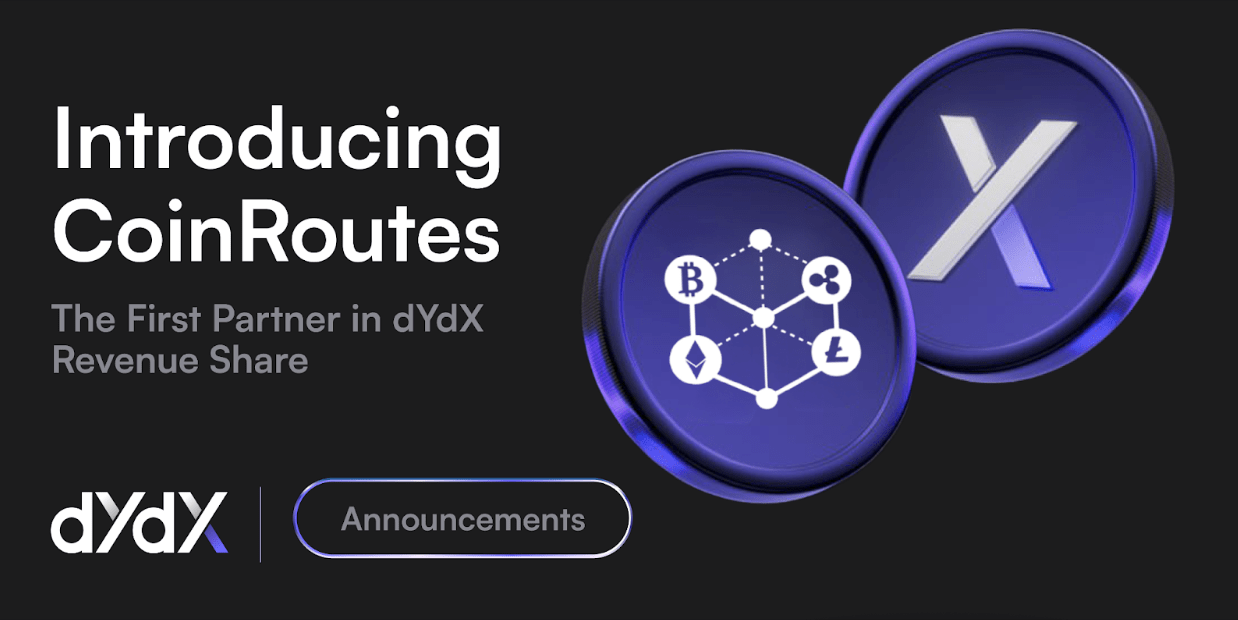Insights and News
The Issue is CHOICE
December 09, 2022
Watching the CFTC Roundtable on the FTX Futures Proposal I was struck by the terrible arguments made against it, delivered in reasonable tones by serious people. The most dangerous of these fallacious arguments, however, was the framing of the discussion by most of the critics as a binary choice between a fully automated, 100% non intermediated market structure and the current system.
That is untrue. To be specific, the supporters of the current cartel, that relies upon a system built on 1970s technology which socializes losses, wants the CFTC to reject competition. It could prove to be superior in the future, but it would not replace what they currently operate any time soon.
FTX is proposing to operate a 100% voluntary market, where participants (unlike equity and option exchanges) do not have to route orders if they don’t want to participate in the model. As a result, framing the CFTC decision as a choice between competing market models is disingenuous at best, and malicious at worst. Interestingly, even within the FTX proposed model, there is scope for investor choice and competition. For example, it was suggested by many commenters that auto-liquidation running 24/7 would impose severe hardship to investors if they were liquidated overnight (despite a flurry of warnings every step of the way). Those investors, the argument goes, need a full day to increase capital adequacy, but have the available credit to do so.
That can be easily accommodated within the FTX model by FCMs. IF the FCM believes the client is credit worthy enough to cover losses in excess of their posted margin, they are free to offer extended liquidation as a service. Such intermediaries are allowed to post excess collateral on behalf of their own clients and can charge for doing so. Those FCMs, however, would not be able to rely upon the platform to socialize their losses in the event that they were wrong about their customers. Even in that case, however, there is a fallacy in the argument by the critics. In the event of catastrophic events, IF the industry wanted to set up a fund to backstop FCM losses external to the platform, they could do so. In fact, the superior risk mitigation of 24 hour monitoring and controlled, real time risk management would make such an industry wide insurance fund cheaper to fund & administer than the current fund. Such an eventuality, however, is not under discussion, but is worth keeping in mind.
In addition to such a biased framing of the debate, there were a number of other logical fallacies and untrue arguments advanced. I wont go through all of them, but will discuss a few of the more egregious examples.
First, many of these serious professionals tied themselves into logical knots asserting the proposal would increase instead of decreasing systemic risk. The core of that argument was that liquidations throughout the day would be more likely to cause a cascade of selling than liquidations concentrated at the daily margin call. This is, quite obviously, absurd on its face, as the more concentrated in time forced selling is, the more risk there is that the selling will overwhelm available liquidity. Worse, since once per day margin calls could result in selling of positions that have become significantly more negative as prices move adversely, the only answer is to socialize risk, or, in the case of the LME with Nickel, to break the trades that led to the underwater positions.
Second, multiple commenters claimed that providing more time for adverse price moves to reverse, would decrease risks to investors, who would be devastated by 24/7 real-time liquidation of underwater positions. This argument is somewhat true, but can be mitigated by FCMs as explained above. Moreover, we should seriously question whether the goal of futures market structure should be to preserve investor positions where the remaining collateral is valued by the market as worthless. Doing so ignores the costs to other investors of subsidizing those underwater positions by forcing other participants to bear additional risk. Despite the V shaped bounce after the Flash Crash in May 2010 or the Sunday crash in March of 2020 where the Fed intervened, there is no reason to believe that adverse moves will stop once they have become significant enough to trigger liquidations. Thus, it is illogical to have policies that depend upon such reversals taking place, when the cost to the system of continued adverse movement is losses that have to be borne by the entire system. That type of moral hazard rarely ends well…
Third, multiple commenters argued that auto liquidations would be too frequent because of “flash events” and could feed such events by triggering liquidation cascades. This ignores empirical results presented by FTX showing extremely successful risk management in both Bitcoin and Ether contracts during 15 to 20% adverse market moves. That alone proves the point, but it is also ridiculous to assume that the FTX model is incompatible with circuit breakers already in use in Futures markets. In short, the nature of the real time risk model, with its continuously disseminated information is less prone to flash events, but, if that is a real concern, it can certainly operate (albeit with more systemic risk) with well constructed circuit breakers.
Fourth, there were also criticisms of the proposal to allow retail investors to use futures products directly based on the usual coterie of paternalistic justifications. There are 2 problems with such arguments. First, retail investor margin levels could be set much lower than institutional by rule if that was considered appropriate. In short, the market structure itself should not be conflated with discussions of risk appropriateness. Second, retail tends to gain leverage via option products, that are far more expensive and difficult to trade than futures. The result is that option volumes have skyrocketed in financial products due to chasing leverage by retail and futures leverage would be lower risk.
Lastly, there were many calls for the CFTC to “go slow” and not rush to judgement on the proposal. These were mainly based on the false dichotomy fallacy noted above, but also based on some notion that major studies need to be conducted. Frankly, this argument supports the proposal. FTX can run their model under a microscope, providing data to the industry as it operates.
In conclusion, the CFTC should approve this proposal to facilitate competition and innovation. It is not an irrevocable step, but rather one to learn from, despite the almost hysterical denunciations of those threatened by potentially disruptive change.



